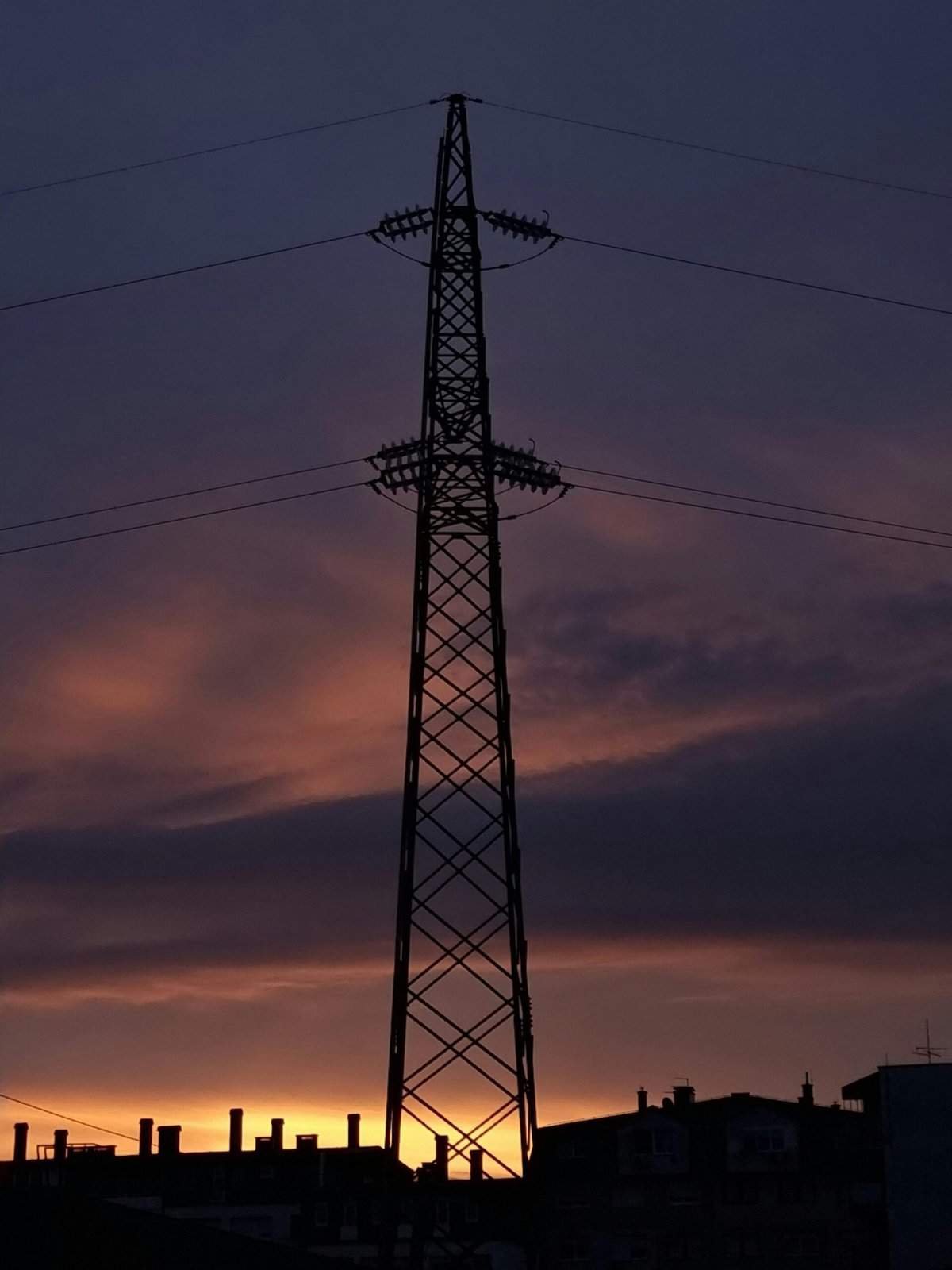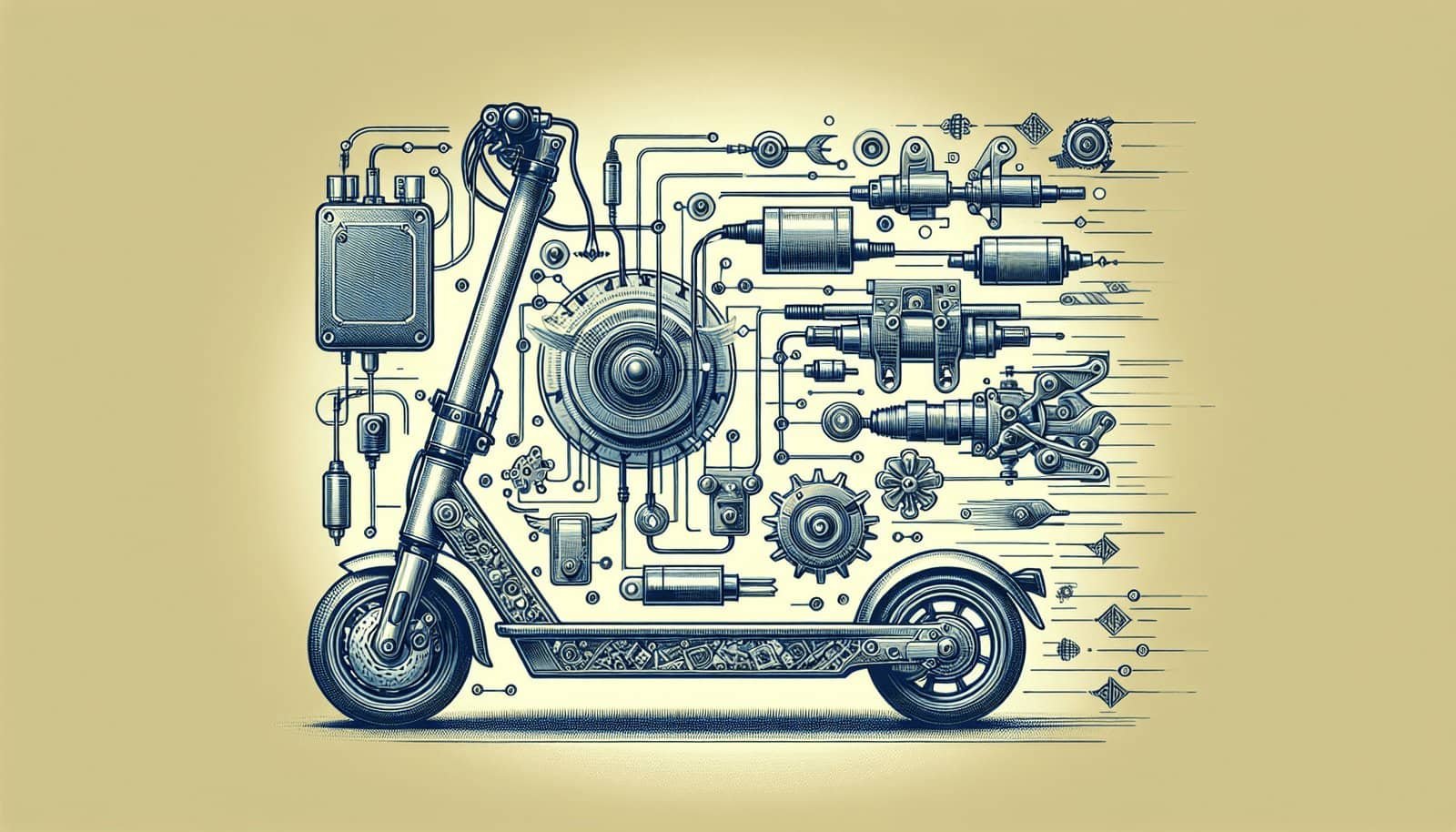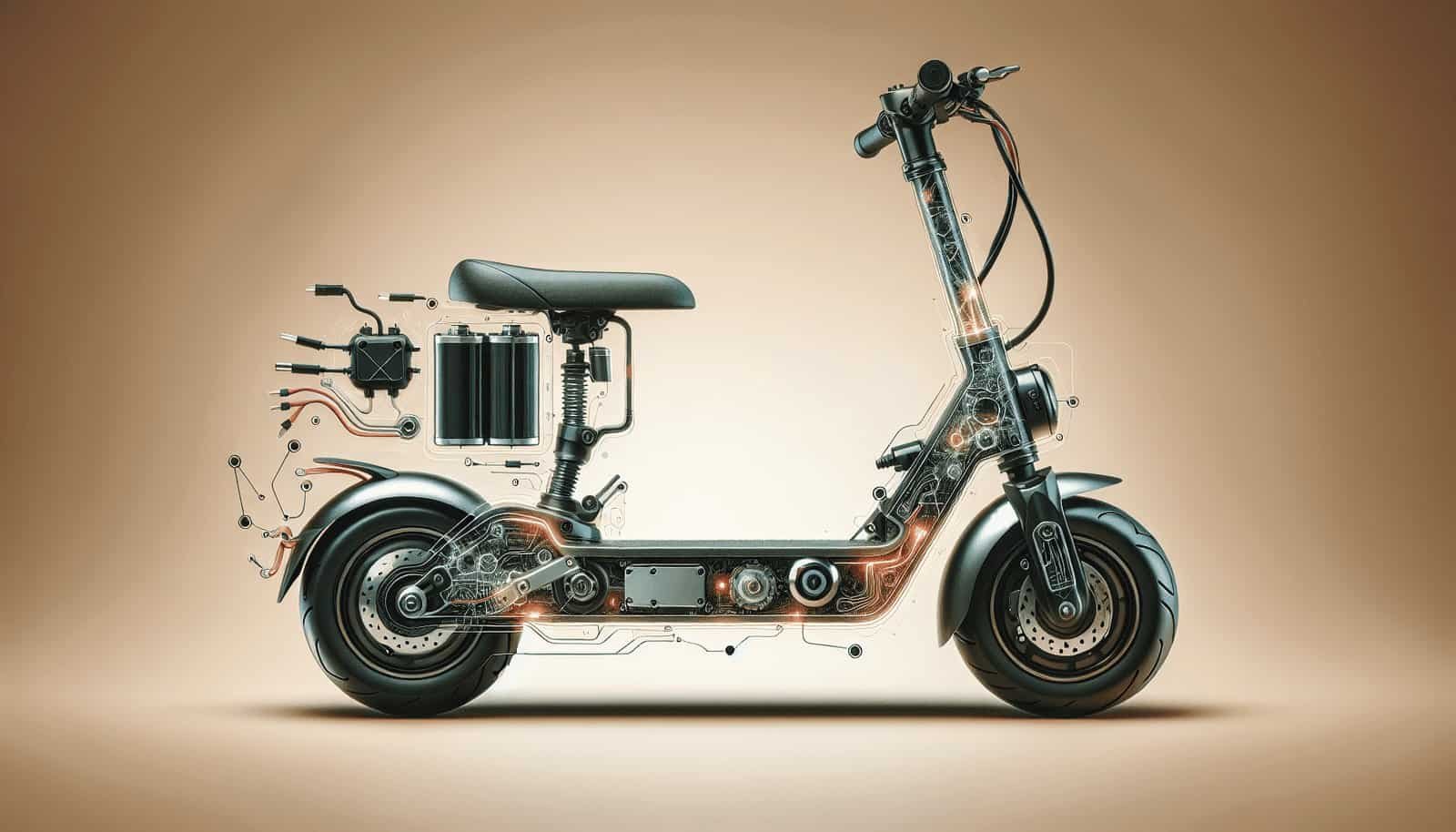If you’ve been experiencing trouble with the acceleration and braking on your electric scooter, don’t worry, you’re not alone. It can be frustrating when your scooter doesn’t perform as expected, but the good news is that there are steps you can take to troubleshoot and fix these issues. Whether you’re dealing with sluggish acceleration or unreliable braking, this article will guide you through the process of identifying and resolving the problems, ensuring that your electric scooter runs smoothly and safely. So, let’s get started and get you back on the road with confidence!

Inspect the Scooter’s Battery
Check the battery level
To troubleshoot issues with the acceleration and braking on your electric scooter, start by inspecting the scooter’s battery. The first thing you should do is check the battery level. Most electric scooters have a battery indicator, which can be found on the display panel or handlebar. Make sure the battery level is sufficient for the scooter to function properly. If the battery is low, charge it fully before testing the acceleration and braking.
Inspect the battery connections
Next, inspect the battery connections. Check if the battery cables are securely connected to the scooter’s main electrical system. Loose or corroded connections can cause issues with the scooter’s performance. Ensure that the battery cables are tightened properly and free from any rust or debris. If you notice any damage or corrosion, clean the connections or replace the cables if necessary.
Test the battery voltage
Lastly, test the battery voltage to determine if it is within the recommended range. You can use a multimeter to measure the voltage of the battery. Consult the scooter’s user manual for the appropriate voltage range. If the battery voltage is below or significantly higher than the recommended range, it may indicate a faulty battery that needs to be replaced. In such cases, it is best to consult a certified technician or contact customer support for further assistance.
Examine the Accelerator
Check for any physical damage
After inspecting the battery, focus on examining the accelerator. Start by checking for any physical damage on the accelerator handle and surrounding components. Look for cracks, dents, or any signs of wear and tear. Physical damage can affect the functionality of the accelerator and may require replacement or repair.
Inspect the wiring
Next, inspect the wiring connected to the accelerator. Ensure that the wires are properly connected and that there are no frayed or exposed wires. Loose connections or damaged wires can disrupt the signal between the accelerator and the controller, leading to issues with acceleration and braking. If you identify any faulty wiring, it is recommended to seek professional assistance to avoid further damage.
Test the throttle
Finally, test the throttle to see if it is responsive and functioning correctly. Gradually increase the throttle and observe how the scooter responds. The acceleration should be smooth and consistent. If you experience delays, lack of power, or jerky movements, it could indicate a problem with the throttle. In such cases, it is advised to consult a certified technician or contact customer support for proper diagnosis and assistance.
Inspect the Controller
Check for any signs of damage
Moving on to the controller, the next step is to check for any signs of physical damage. The controller is a crucial component that controls the scooter’s electrical system, including acceleration and braking. Inspect the controller for cracks, water damage, or any other visible signs of damage. External damage to the controller can affect its functionality and lead to issues with acceleration and braking.
Inspect the connections
After checking for physical damage, inspect the connections on the controller. Ensure that all wires and cables are securely connected. Loose or damaged connections can disrupt the flow of electrical signals and result in performance issues. Take note of any loose or corroded connections and address them accordingly. Tighten loose connections and clean or replace corroded connectors if needed.
Test the controller
Finally, test the controller to verify its functionality. This can be done by operating the scooter and observing how the acceleration and braking respond. If the acceleration is sluggish, or if the braking is either too strong or weak, it might indicate a problem with the controller. In such cases, it is advisable to seek professional assistance or contact customer support to diagnose and rectify the issue.
Examine the Brake System
Check the brake pads
Now let’s focus on examining the brake system. Start by checking the condition of the brake pads. Inspect them for wear, as worn-out brake pads can reduce the effectiveness of braking. If the brake pads are too thin or have uneven wear, they should be replaced. It is important to ensure that the brake pads are in good condition to guarantee responsive and efficient braking.
Inspect the brake cables
Next, inspect the brake cables. The brake cables connect the brake lever to the brake caliper and play a crucial role in engaging the brakes. Look for any signs of fraying, kinks, or other damage. Damaged brake cables can affect the brake’s responsiveness and lead to potential safety hazards. If you notice any issues with the brake cables, it is recommended to have them replaced by a certified technician.
Examine the brake caliper
Lastly, examine the brake caliper. The brake caliper is responsible for applying pressure to the brake pads, resulting in the stopping power of the scooter. Inspect the caliper for any damage or signs of wear. Additionally, ensure that the caliper is properly aligned with the brake disc or drum. Misaligned or damaged brake calipers can cause inconsistent braking performance. If you notice any issues with the brake caliper, it is advisable to seek professional assistance for repair or replacement.

Check the Motor
Inspect for any physical damage
Moving on to the motor, it is crucial to inspect for any physical damage. Look for visible signs of damage, such as cracks, dents, or loose components. Physical damage to the motor can hinder its performance and may require repair or replacement. If you notice any significant damage or abnormalities, it is best to consult a certified technician or contact customer support for guidance.
Test the motor connections
After inspecting for physical damage, test the motor connections. Ensure that all wires and cables connected to the motor are securely attached. Loose connections can cause power delivery issues, affecting the acceleration and overall performance of the scooter. Carefully inspect the motor connections, tighten any loose wires, and replace damaged connectors if necessary.
Check the motor brushes
Lastly, check the motor brushes. The brushes play a vital role in conducting electricity within the motor. Over time, the motor brushes can wear out and affect the motor’s performance. Visually inspect the motor brushes and check for any signs of excessive wear or damage. If the brushes are worn or damaged, they should be replaced by a professional technician to ensure optimal motor function.
Evaluate the Scooter’s Tires
Check the tire pressure
To ensure maximum performance and safety, it is important to evaluate the scooter’s tires. Start by checking the tire pressure. Proper tire pressure is essential for maintaining stability and control while riding. Most electric scooters have recommended tire pressure listed on the sidewall of the tire or in the user manual. Use a tire pressure gauge to ensure that the tires are inflated to the recommended level. Underinflated or overinflated tires can affect the scooter’s handling and overall performance.
Inspect for any punctures
Next, inspect the tires for any punctures or damage. Small punctures can lead to slow leaks, causing the tire pressure to decrease over time. Carefully examine each tire, looking for any visible punctures or objects embedded in the tire. If you detect any punctures, it is advisable to have them repaired or replaced to avoid potential tire failure while riding.
Examine the tire tread
Lastly, examine the tire tread. The tread pattern on the tires provides traction and grip on various surfaces. Worn-out tire treads can compromise the scooter’s ability to grip the ground, especially on wet or slippery surfaces. Measure the depth of the tire tread using a tread depth gauge. If the tread depth is below the recommended level, it’s time to replace the tires. Good tire tread ensures better acceleration, braking, and overall safety while riding the electric scooter.

Test the Scooter on Different Surfaces
Try it on a flat surface
Now that you have inspected the essential components of the scooter, it’s time to test its performance on different surfaces. Start by riding the scooter on a flat surface. This will allow you to assess the scooter’s acceleration, braking, and overall stability under normal riding conditions. Pay attention to any abnormalities or issues you may experience during this test.
Test it on an incline
Next, find a suitable incline or hill to test the scooter’s performance. Riding uphill or on an incline can put additional strain on the scooter’s motor and braking system. Evaluate how the scooter handles the incline, ensuring it can maintain a consistent speed and safely brake if needed. If you notice any difficulty in climbing or descending the incline, it may indicate underlying issues that require further troubleshooting or professional assistance.
Check its performance on rough terrain
Lastly, test the scooter’s performance on rough or uneven terrain. This can include surfaces such as gravel, grass, or uneven pavement. Riding on these surfaces simulates real-life riding conditions and allows you to assess the scooter’s stability and maneuverability. Observe how the acceleration, braking, and overall ride quality are affected by the rough terrain. If the scooter struggles or exhibits any inconsistencies while traversing rough terrain, it is best to consult a certified technician or contact customer support for appropriate solutions.
Consider Environmental Factors
Check for strong winds
When troubleshooting issues with acceleration and braking on your electric scooter, it is essential to consider environmental factors. Strong winds can significantly impact the scooter’s stability and control. Before riding, check the weather conditions and avoid using the scooter during excessively windy conditions. If you must ride in windy conditions, exercise extra caution and reduce your speed to compensate for the added resistance caused by the wind.
Examine if the scooter is overloaded
Another important environmental factor to consider is the weight load on the scooter. Electric scooters have weight limits specified by the manufacturer to ensure safe operation. If the scooter is overloaded, it may struggle with acceleration and braking. Check the user manual for the recommended weight limit and ensure you are within the specified range. If you consistently exceed the weight limit, it may be necessary to consider a more suitable scooter or seek professional assistance to optimize its performance.
Take into account the temperature
Temperature can also affect the performance of your electric scooter. Extreme temperatures, whether hot or cold, can impact the battery’s efficiency and affect acceleration and braking. In colder temperatures, the battery may experience reduced power output, leading to weaker acceleration and braking. Conversely, in extremely hot temperatures, the battery may heat up faster, impacting its performance. Whenever possible, try to operate the scooter in moderate temperature conditions for optimal performance.

Consult the Scooter’s User Manual
Refer to troubleshooting section
If you encounter persistent issues with the acceleration and braking on your electric scooter, it is recommended to consult the scooter’s user manual. The user manual often contains a troubleshooting section that provides guidance on identifying and resolving common issues. Refer to this section to see if any specific troubleshooting steps are recommended for the problems you are experiencing.
Follow any provided instructions
When referring to the user manual, carefully follow any provided instructions for troubleshooting. The manufacturer may have specific steps to diagnose and rectify the issues you are facing. Be sure to adhere to the instructions accurately and take note of any safety precautions mentioned. Following the manufacturer’s guidelines will help ensure a safe and effective troubleshooting process.
Contact customer support if needed
If you are unable to resolve the issues with the acceleration and braking on your electric scooter through the user manual, it is advisable to contact the scooter’s customer support. Customer support can provide expert advice and guidance tailored to your specific scooter model. They may be able to assist you with advanced troubleshooting steps or arrange for professional assistance if necessary. Remember to provide all relevant information about the issues you are facing to help customer support assess the situation accurately.
Seek Professional Assistance
Contact a certified technician
If all else fails and you are unable to troubleshoot the acceleration and braking issues on your electric scooter, it is best to seek professional assistance. Contact a certified technician who specializes in electric scooter repairs and diagnostics. Certified technicians have the expertise and knowledge to identify and resolve complex issues that may not be easily addressed through basic troubleshooting.
Take the scooter to a repair shop
Consider taking your electric scooter to a reputable repair shop that specializes in electric scooters. These shops have the necessary tools and equipment to diagnose and repair a wide range of scooter issues. They can perform in-depth inspections, identify any underlying problems, and provide the most appropriate solutions. It is advisable to research and choose a well-reviewed repair shop to ensure quality service.
Follow their recommendations
Once you have sought professional assistance, it is crucial to follow the recommended actions by the certified technician or repair shop. They may suggest repairs, replacements, or adjustments based on their expertise and your scooter’s specific issues. Adhering to their recommendations ensures that your electric scooter is restored to optimal performance and you can safely enjoy its acceleration and braking capabilities once again.
By following the outlined steps and properly inspecting and evaluating the essential components of your electric scooter, you can effectively troubleshoot issues with acceleration and braking. Remember to prioritize safety throughout the process and seek professional assistance whenever necessary. With proper maintenance and care, your electric scooter will provide reliable and enjoyable rides for years to come.


